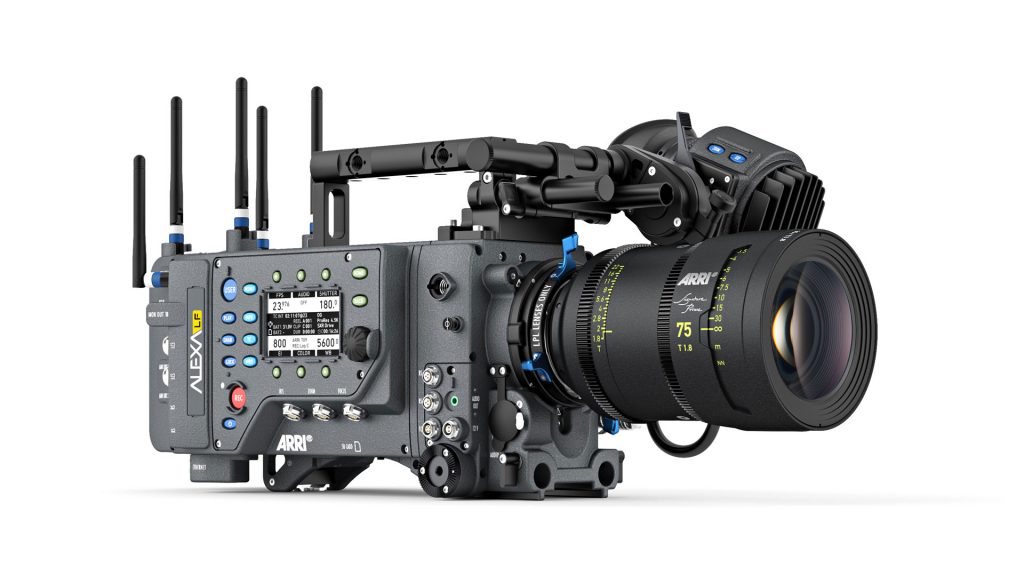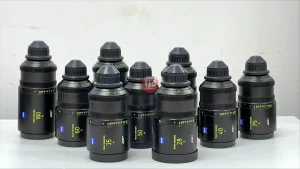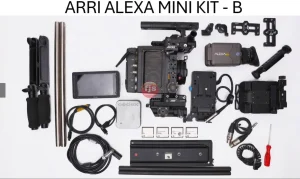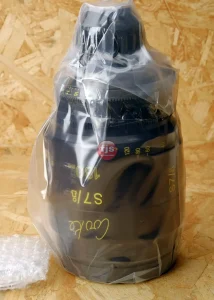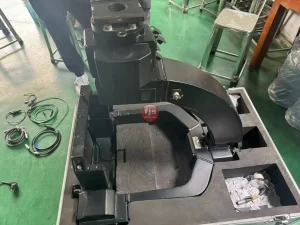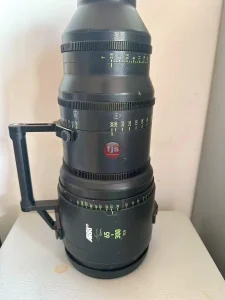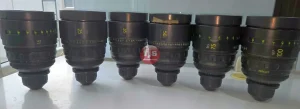ZEISS maintains selective, in-house production of non-core components to ensure unparalleled quality control, mitigate critical supply chain risk, protect proprietary precision manufacturing processes, and accelerate innovation.
Outsourcing non-core activities is a fundamental tenet of modern corporate strategy, allowing companies to focus resources and capital on core competencies. For a global technology leader like ZEISS, whose reputation is built on extreme precision and optical excellence (e.g., in EUV lithography optics and surgical microscopes), the decision to retain some non-core component manufacturing—a form of vertical integration—is not a default choice, but a calculated, strategic imperative. This practice provides a critical competitive advantage that outsourcing for short-term cost reduction simply cannot replicate in high-stakes, high-tech manufacturing environments.
Strategic Drivers for In-House Component Manufacturing:
- Uncompromising Quality and Traceability in Precision Mechanics
- The Problem: ZEISS operates in industries—Semiconductor, Medical, and Industrial Quality—where a single micron-level defect in a component can translate to catastrophic failure or performance degradation in the final product. Even a non-optical part, like a mount or a stage mechanism, must meet levels of dimensional accuracy far exceeding commercial standards.
- The Solution: By maintaining backward integration for critical mechanical or electronic parts, ZEISS enforces its own stringent quality standards from the very first production step. This level of control ensures that the required tolerances are achieved, and a complete traceability chain is maintained, which is essential for auditability in highly regulated environments like MedTech.
- Mitigation of Critical Supply Chain Risk and Dependency
- The Problem: Relying on a third-party supplier for an essential “non-core” part introduces vulnerability to supply chain disruptions (e.g., geopolitical issues, logistics failures, supplier bankruptcy). For specialized, low-volume, high-value components, finding an equivalent, qualified supplier on short notice is often impossible.
- The Solution: In-house production ensures supply security and operational resilience for components deemed critical to final system assembly or performance, even if they are technically “non-core.” This strategic self-reliance is vital for maintaining production velocity and fulfilling high-profile, time-sensitive contracts, particularly in the Semiconductor Manufacturing Technology segment.
- Protection of Proprietary Processes and Intellectual Property (IP)
- The Problem: Manufacturing a high-precision component often requires utilizing unique, proprietary manufacturing processes developed through years of Research and Development (R&D). Outsourcing these parts necessitates sharing this valuable intellectual property with a third party, risking its leakage to competitors.
- The Solution: By keeping these complex production steps under the ZEISS roof, the company protects its process IP. The method of manufacturing—the material handling, the atmospheric control, the tooling, and the unique closed-loop feedback systems—is often as valuable as the design itself. This protection is a direct driver of long-term technological leadership.
- Faster Design-to-Production Cycle and Innovation Agility
- The Problem: The innovation process at ZEISS requires extremely fast prototype iteration. Outsourcing the fabrication of a new component iteration can introduce weeks of delay due to vendor communication, quotation processes, and shipping.
- The Solution: Having a degree of captive manufacturing capacity adjacent to the R&D and engineering teams enables rapid prototyping and immediate feedback. Engineers can walk straight to the production floor to implement design changes, significantly reducing the time-to-market for new products and maintaining innovation agility.
Key Features of the ZEISS Manufacturing Strategy:
| Feature | Strategic Imperative |
| Selective Vertical Integration | Not all non-core parts are in-house; only those critical to quality, IP, or supply risk. |
| Integrated Digital Manufacturing | Use of Industry 4.0 and digital twins to optimize in-house production lines for maximum efficiency, mitigating the cost argument against outsourcing. |
| High-End Metrology Integration | In-house components are continuously measured on ZEISS’s own Coordinate Measuring Machines (CMMs) and CT systems for immediate, high-precision validation. |
| Talent & Expertise Retention | Maintaining in-house production keeps highly specialized personnel, machinery, and unique process expertise current and available for future innovation projects. |
Benefits of this Approach:
- Maximized Product Performance: Direct control over component quality ensures ultimate system-level performance for customers.
- Enhanced Resilience: Greater control over the value chain minimizes exposure to external geopolitical risk and supply chain volatility.
- Accelerated Innovation Cycle: Reduced dependency on external lead times for critical components allows for faster R&D iteration.
- Sustained Competitive Advantage: Protection of proprietary manufacturing processes and process knowledge maintains ZEISS’s lead in optics and precision.
Conclusion:
ZEISS’s balanced approach—leveraging the efficiencies of outsourcing for true commodity parts while strategically maintaining in-house component manufacturing for critically sensitive and technologically complex items—is a defining characteristic of its business model. This selective vertical integration strategy is not a vestige of the past, but a deliberate risk mitigation and innovation-enabling policy that secures product excellence and long-term market leadership in the global high-tech industry.
Questions and Answers:
- Q: What is the primary risk ZEISS mitigates by not outsourcing all non-core components?
- A: The primary risks mitigated are supply chain disruption for critical parts and the potential compromise of proprietary manufacturing processes or Intellectual Property (IP).
- Q: Does ZEISS’s strategy hurt its cost-competitiveness?
- A: While initial cost might be higher than commodity outsourcing, the strategy reduces long-term costs associated with poor quality, production halts, and the loss of unique process knowledge, ultimately providing a better cost-of-quality balance.
- Q: How is this related to vertical integration?
- A: This is an example of backward vertical integration, where a company controls some of its own inputs (components) rather than relying solely on external suppliers, enhancing value chain control.

